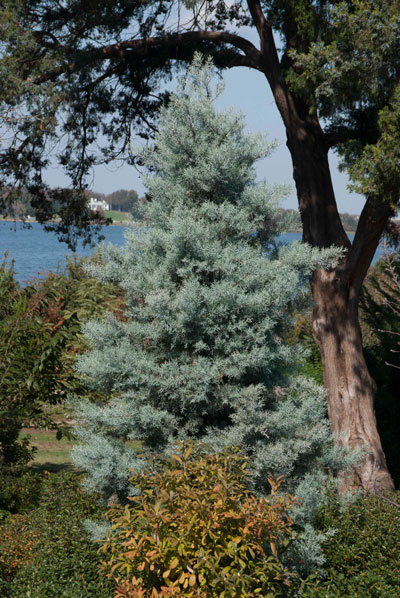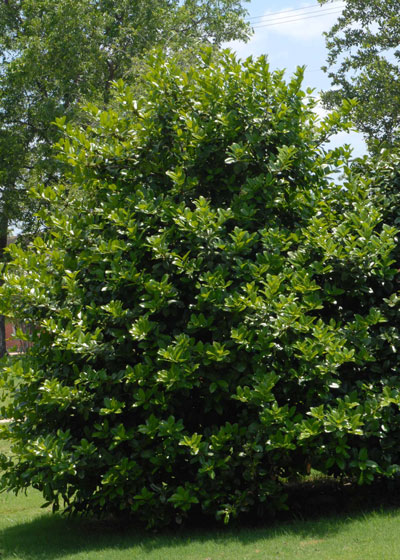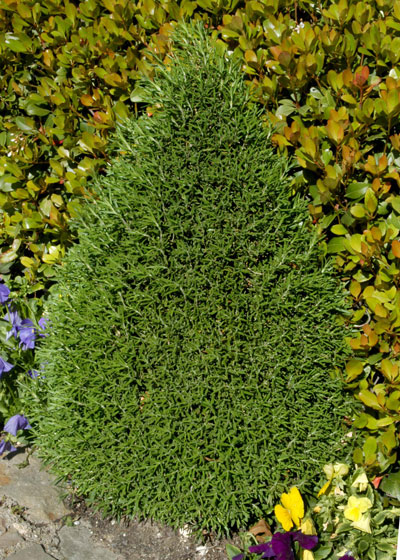Living Christmas Trees – Fact or Fiction?
I’ve written probably a dozen newspaper columns on this topic over the years. I’ve certainly addressed it on the air a lot more times than that. But I’ve changed my thoughts in recent years. It seems that most of the trees we were buying and planting into our yards were running into trouble soon thereafter.

Where the wheels come off in our concept…
The idea of buying a living tree so that we could enjoy it indoors, then plant it outdoors into our landscape seemed like a noble one at that, but it didn’t always work:
• Sometimes the trees dried up indoors. Our houses have very low humidities, and if living trees are kept indoors more than 8 or 10 days they can become very dry and brittle.

• Trees acclimate to warm conditions indoors. When we put them outside in late December they may not be able to handle the sub-freezing weather.
• Many of the plants we see sold in stores aren’t all that well suited to Texas landscapes anyway. Colorado blue spruces can’t handle our summers (except in the Panhandle and the Davis Mountains). Eldarica pines run into trouble during periods of wet soils, even in dry parts of the state. Alberta spruces, well, they’re not named for any part of Texas. Junipers once seemed like a safe option, but some of upright types have developed twig and stem diseases in recent years. And so forth, on down the line.
So here’s where my thoughts have settled…
If you’re buying a living Christmas tree this year, consider if it’s a plant you would buy if Christmas were not involved. Is it a plant that is perfectly suited to your part of Texas? Ask the nursery owner or manager those questions.
And while you’re at it, ask how tall and wide it will grow. Don’t buy a lovely little Christmas tree only to find out that it turns into a giant plant a few years later.

Think outside the pot. Maybe something other than a conifer would be ideal. How about a pyramid-shaped holly or boxwood? Who knows! You might start a new trend.
And keep the plant indoors with you for as short a time as possible – preferably only 8 or 10 days. Water it every couple of days to be sure its root system doesn’t dry out.

